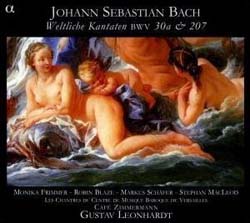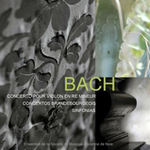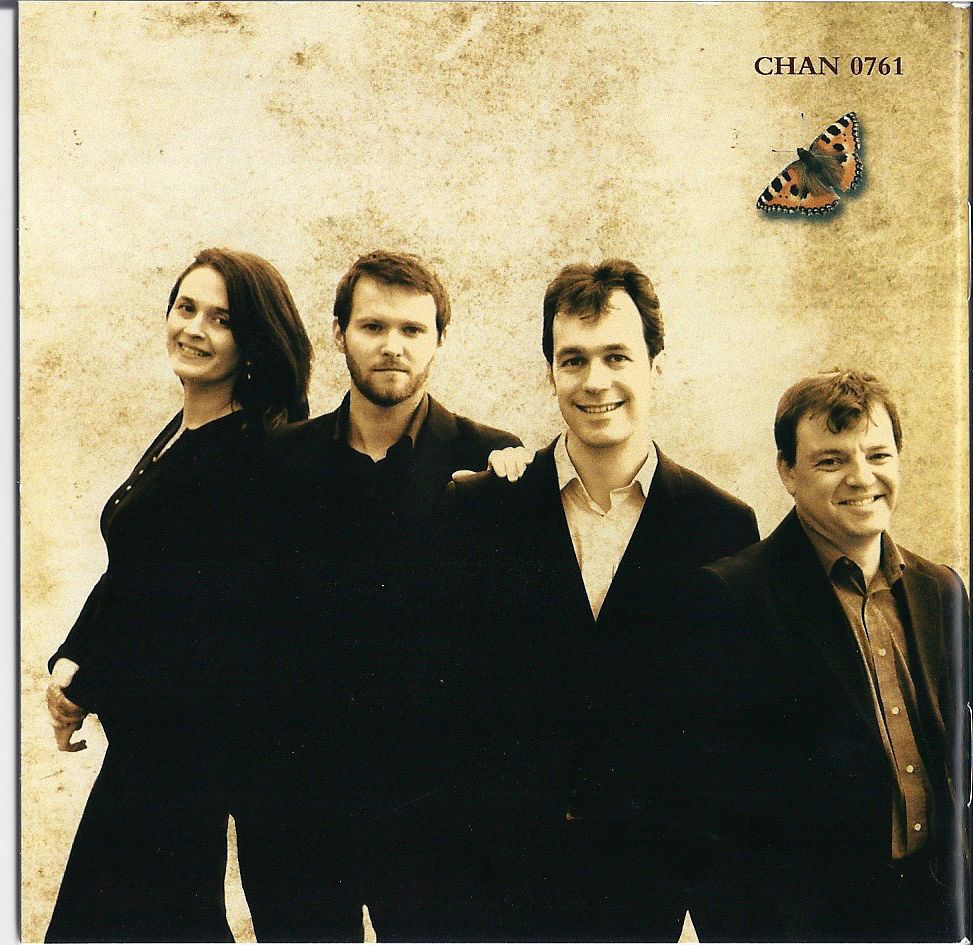Virtuosi Concertos for Clarino: Brian Shaw, Baroque trumpet. Cynthia Roberts, Judson Griffith, Beth Wenstrom, Dongmyung Ahn, Aaron Brown, Marika Holmquist, Amelia Roosevelt violins; Alissa Smith, Jessica Troy, Andrea Andros, Ruth Siegler, violas; Katie Rietman,cello; Motomi Igarashi, double bass; Avi Stein, harpsichord; Anne Briggs, Charles Brink, transverse flutes; R.J. Kelly, Alexandra Cook, baroque horns. Program notes, Brian Shaw. Clarino Records 11704 Recorded June 3-6, July 9, 2008. Contact: www.bshawmusic.com
As Brian Shaw’s own liner notes indicate, the concerti he has recorded in this admirable effort may be considered to constitute the “final frontier” for the natural trumpet world. Clarino parts which ascend to the 24th partial are not only uncommon; they are seldom even attempted in performance context. These works rarely, if ever, appear in recital programs and to this date seem to have been recorded on a total of perhaps as few as only three releases. Of these known efforts, one was done on modern piccolo trumpet.
Mr. Shaw has not only accomplished this daunting feat on Baroque trumpet, but has acquitted himself with great distinction. The results are technically impressive and the musical value of his performance is notable.
Accompanying him is a wonderful orchestra ensemble of accomplished, polished, and expressive early music instrumentalists playing period instruments. As a result, this is one of the finer and more satisfying recordings of this genre to be heard by this reviewer.
Included in this CD are Concerto a Clarino Pricipale, Anonymous, attributed to Johan Stamitz or Georg Holzbogen (see liner notes), Concertino by Johann Michael Haydn, Concerto a 5 Voc. per Clarino Principale, Franz Xaver Richter, and Concerto a Clarino Principale, Joseph Riepel.
A few brief remarks on each work will hopefully give a picture of this ambitious and outstanding endeavor.
Opening the recording is the appealing and well played Concerto a Clarino Principle. The performance is noble, restrained and at the same time expressive. As in all the other works, the intonation is excellent, the legato flawless, and the phrasing is nicely arched throughout. The brief cadenza in the first section, ”Allegro non Troppo” may seem a bit academic to some. The final movement, Allegro Molto, is played at a tempo identical if not slower than the opening Allegro non troppo. One wishes to hear a much livelier approach in order to provide a concluding and perhaps “flashy” touch. Indeed at times Mr. Shaw himself seems to wish to go forward with the tempo to give energy to the music. More Molto please!
The Michael Haydn Concerto a 5 voc. per clarino begins with an adagio which requires extended phrases. They are played assuredly and with effortless musicality. The included cadenza, which refers to the melodic material, is played with all non harmonic tones beautifully full and in tune. The Allegro is played with bravura energy throughout, including the soaring upper registers.
The Richter, despite the efforts of the performer, is perhaps the least satisfying musically. The material is simply too formulaic and suffers from the repetitive and perfunctory nature of this era, as we all know.
The final demanding and unforgiving Riepel, is played with same ease and aplomb which characterizes the entire recording. The enlarged orchestra with horns and woodwinds provides a welcome sonic texture. The extremes are approached with finesse and grace. The middle movement, Adagio, is performed in a relaxed and tasteful manner, and the cadenza, found in the manuscript, is most appealing. The final Presto is given a vigorous and assured treatment.
Mr. Shaw performs the four concerti on a vented 3-hole trumpet made by Egger, after Johan Wilhelm Haas. He indicates that his mouthpiece is also an Egger copy of a Haas original which is in the Carolina Augusteum museum in Salzburg.
The recording quality is excellent and uniform throughout, and the CD is attractively packaged with well- written liner notes discussing the music as well as additional comments which provide historical and technical context to the project.
-- Frank Hosticka
 Virtuosi Concertos for Clarino. Brian Shaw, Baroque trumpet.
Virtuosi Concertos for Clarino. Brian Shaw, Baroque trumpet.

 Johann Sebastian Bach, Weltliche Kantaten, BWV 30a and 207
Johann Sebastian Bach, Weltliche Kantaten, BWV 30a and 207 Roswell Rudd Trombone Tribe.
Roswell Rudd Trombone Tribe.  J.S. Bach: Concertos Brandebourgeois II & IV; Concerto pour Violon en Re mineur; Sinfonias Parnassie Editions PAR 40. Ensemble de la Societe de Musique Ancienne de Nice, Jeremie Papasergio, director; Flavio Losco, violin; Jean-Francois Madeuf, natural trumpet; Marie-Claire Bert, recorder; Elsa Frank, oboe, oboe d'amour, recorder; Damien Gastaud, oboe; Jeremie Papasergio, bassoon; Sibylle Schuetz, viola de gamba; Stephanie Paulet, violin, viola d'amour; Sandrine Feurer, violin; Georges Jolobeanu, tenor de violon; Etienne Mangot, violoncello; Jean-Paul Talvard, violone, violone grosso; Michaela Chetrite, harpsichord and organ. Recorded, August 2008, Monastere de Saorge sur Nice, at A=415 Hz
J.S. Bach: Concertos Brandebourgeois II & IV; Concerto pour Violon en Re mineur; Sinfonias Parnassie Editions PAR 40. Ensemble de la Societe de Musique Ancienne de Nice, Jeremie Papasergio, director; Flavio Losco, violin; Jean-Francois Madeuf, natural trumpet; Marie-Claire Bert, recorder; Elsa Frank, oboe, oboe d'amour, recorder; Damien Gastaud, oboe; Jeremie Papasergio, bassoon; Sibylle Schuetz, viola de gamba; Stephanie Paulet, violin, viola d'amour; Sandrine Feurer, violin; Georges Jolobeanu, tenor de violon; Etienne Mangot, violoncello; Jean-Paul Talvard, violone, violone grosso; Michaela Chetrite, harpsichord and organ. Recorded, August 2008, Monastere de Saorge sur Nice, at A=415 Hz
 The Gonzaga Band, Sacred Garland,
The Gonzaga Band, Sacred Garland, 
